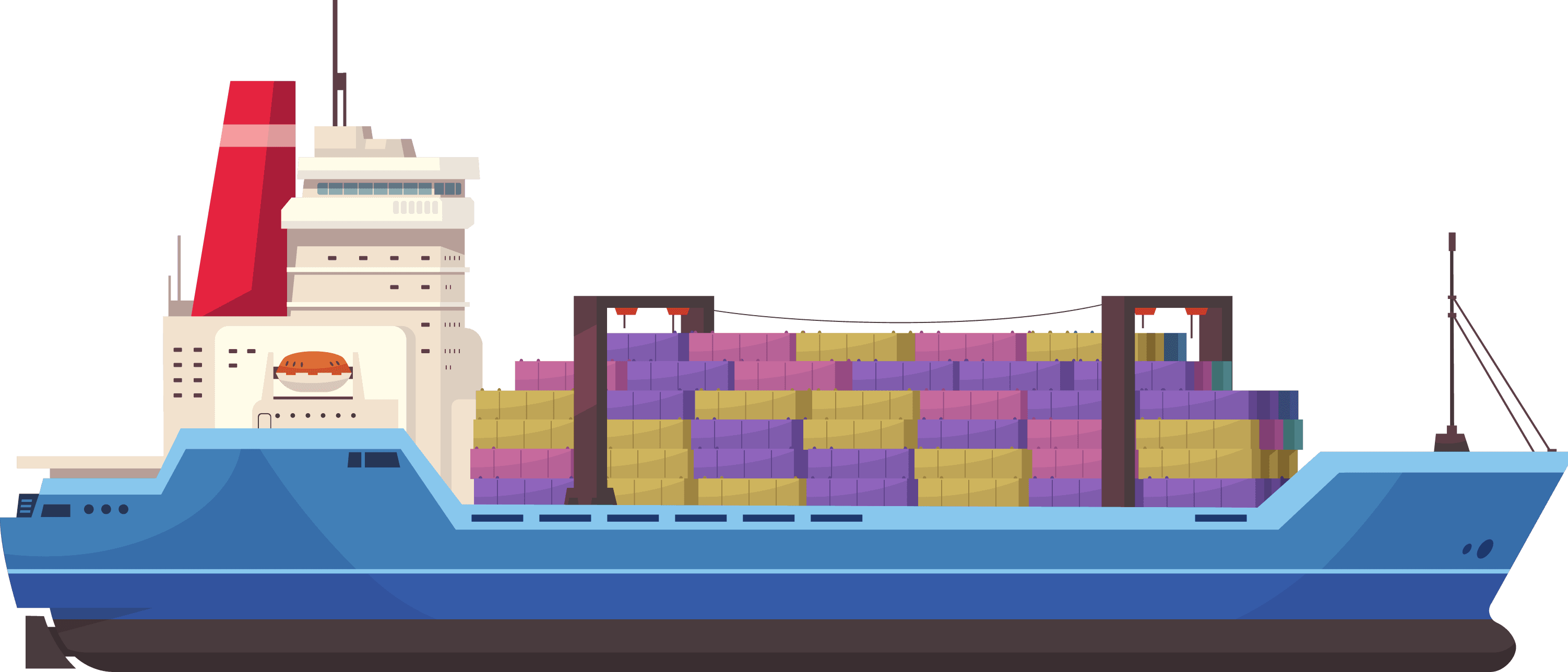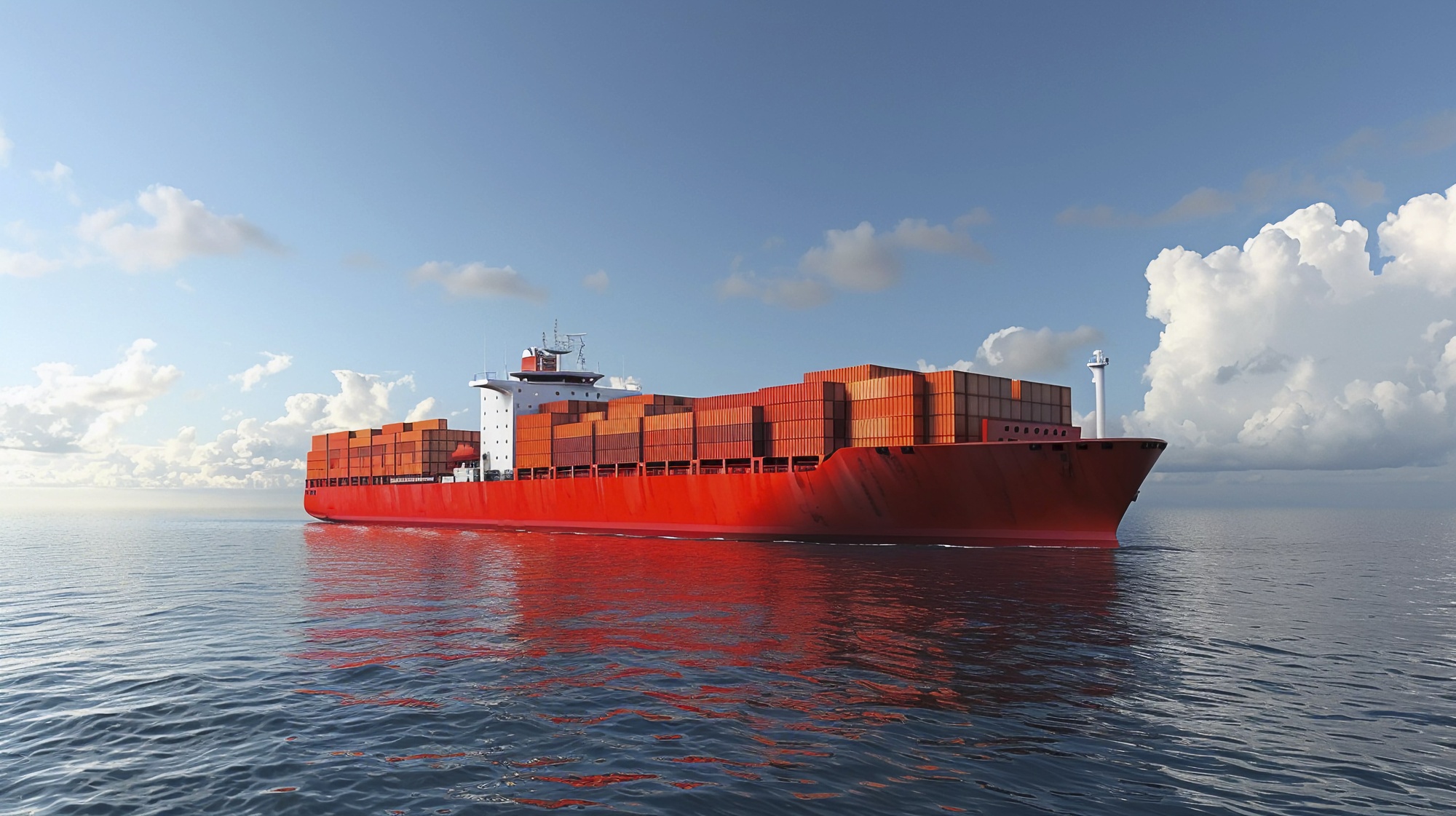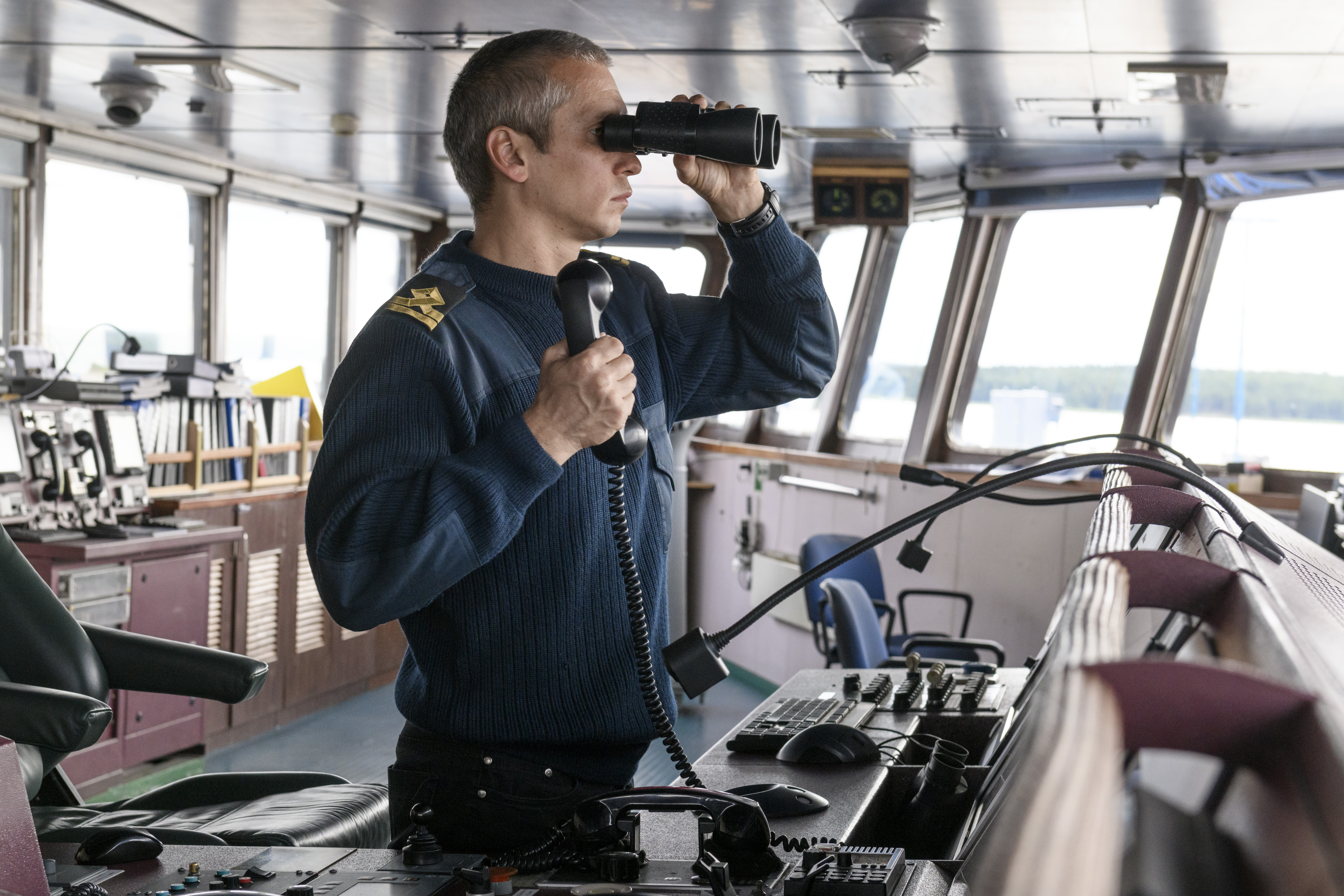Before bunkering a ship, keep in mind a number of considerations set out in the following paragraphs.
Communication
The C/E will work closely with the master to ensure that sufficient bunkers and lubricating oils are on board to meet operational requirements in accordance with the general instructions. A daily log entry should be made indicating the hoppers and lubricating oils remaining on board. All receipts from the hopper must be signed by the chief engineer.
Bunkers – a margin of safety
The master must provide a sufficient number of bunkers to allow vessels to arrive at the next bunker port with a sufficient safe supply of useful oil. Although the Captain must take into account the relative costs of the bunker and other commercial factors that they are related, he must take into account all aspects of vessels with minimum stability requirements, weather prospects and ensure a minimum safe margin. Usually it is fuel oil for 5 days and diesel fuel for 7 days, where it is used for auxiliary engines. (Taking into account the impossible pumping)
Specification of invoices for fuel supply and hopper
Prior to bunkering, the Chief Engineer should obtain a specification of the fuel supplied from the supplier to ensure that it fully complies with the engine quality restrictions of the engine manufacturers. The company should be notified Chief engineer urgent if this specification is unacceptable. Bunkers should not be taken without additional permission.
As required by regulation 18 (3) of Annex VI to MARPOL 73/78, parts of fuel oil for combustion purposes delivered to and used on board a vessel shall be recorded by means of a hopper invoice (BDN), which shall contain at least the information specified in Annex V to this Annex.
In accordance with regulation 18 (6) of Annex VI, the delivery note of the hopper shall be accompanied by a representative of the “sample of fuel oil” supplied. This sample shall be used exclusively to determine compliance only with Annex VI to MARPOL 73/78 and to control port State control to verify the sulfur content of the fuel. This model should never be used for commercial purposes.
Bunker statement
Rule 18 of Annex VI to MARPOL requires that any fuel oil for combustion delivered on board and used on board be registered with a Bunker Delivery Document (BDN). This means that a bunker delivery certificate must be provided for each barge delivery and each grade.
Bunker Delivery Notes are required to contain all specific information as follows:
.1 Name and IMO number of receiving ship
.2 Bunkering Port
.3 Date of commencement of bunkering
.4 Name, address, and telephone number of marine fuel oil supplier – Product name
.5 Quantity (metric tons)
.6 Density at 15 deg C (kg/m3)
.7 Sulphur content (% m/m)
.8 Declaration signed and certified by the fuel oil supplier’s representative that the fuel oil supplied complies with regulations 14 and 18 (ie that the fuel supplied has a sulfur level below 4.5% and that the fuel does not contain inorganic acid, does not include any added substance or chemical waste, which either endanger the safety of ships, adversely affect the performance of machinery, detrimental to the overall contribution to additional air pollution).
Staff, or
The seal number of the associated MARPOL fuel sample attached to VI is included in the BDN for cross-reference purposes.
BDNs must be kept on board and be available for inspection. It is stored for 3 years after the supply of fuel oil on board.




